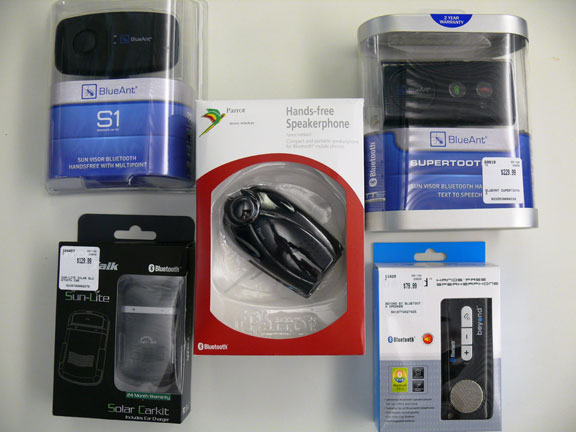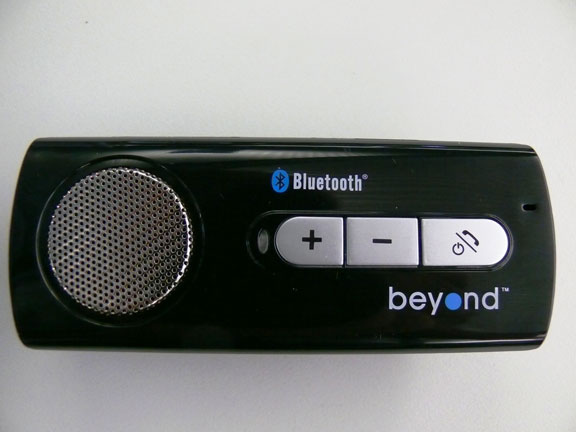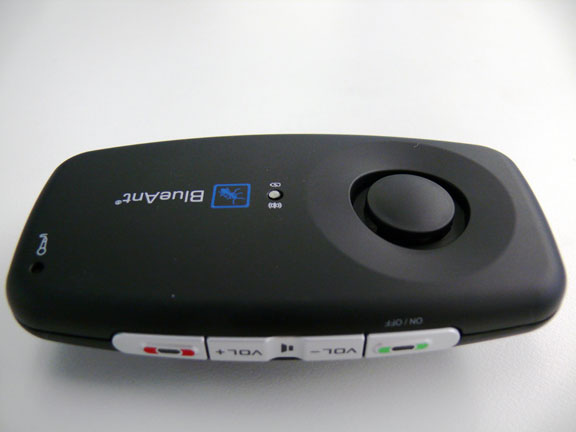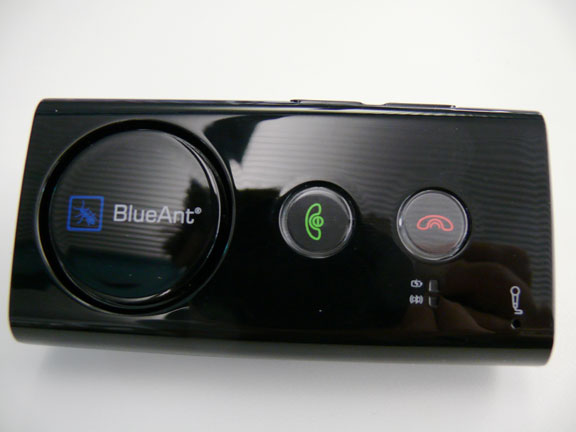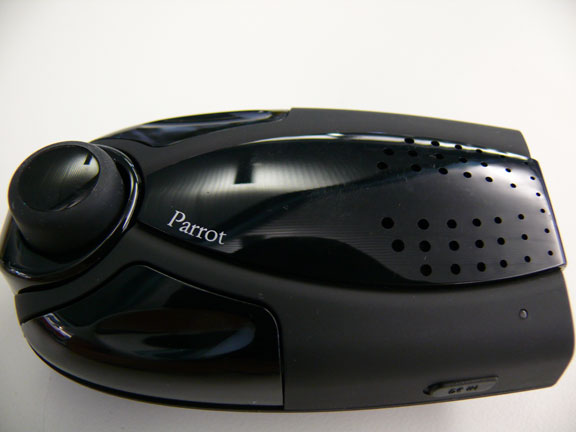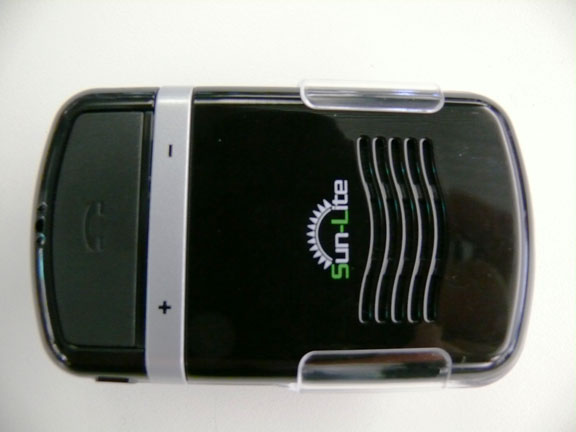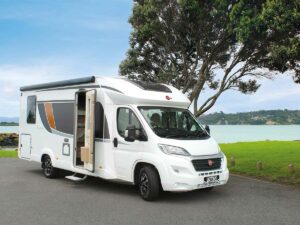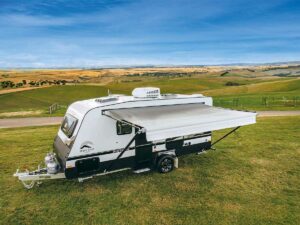It’s easy to assume new Bluetooth hands free kits are all the same, or conversely, the top dollar items are the safest option. However, quickly into our test regime of five volume-selling makes and models we realised this isn’t always the case.
Extrapolate things over the course of a week, month or a year and buying wisely can make the difference between you still being able to safely use your cell phone in the car when required, or becoming frustrated enough to revert to illegal call taking.
Through regular testing of our selected units, we’ve uncovered exactly what features are vital, nifty or just down right annoying for the day to day.
The criteria for the tests consisted of five subjective components,
- Looks and size: Is it going to cheapen the interior, or is it a cumbersome size to take with you.
- Up and running – which looks at how easy is it to connect, pair to phone and operate and whether the instructions were clear and useful?
- Cables and Attachment – this considers how suitably the device incorporates into the vehicle and if the cables supplied are sufficient.
- Sound quality: Can you hear callers, can callers hear you?
- Value for money: Relative to price vs. overall experience, any additional features and if they improve the usability.
- Battery life: Talk time between charges.
- Phone pairing: How many separate phones can be paired at any one time.

